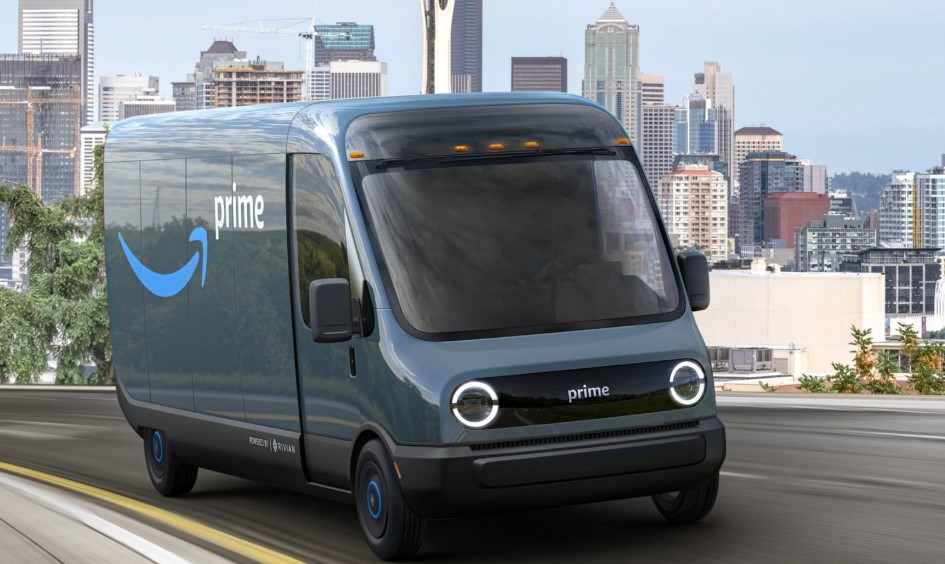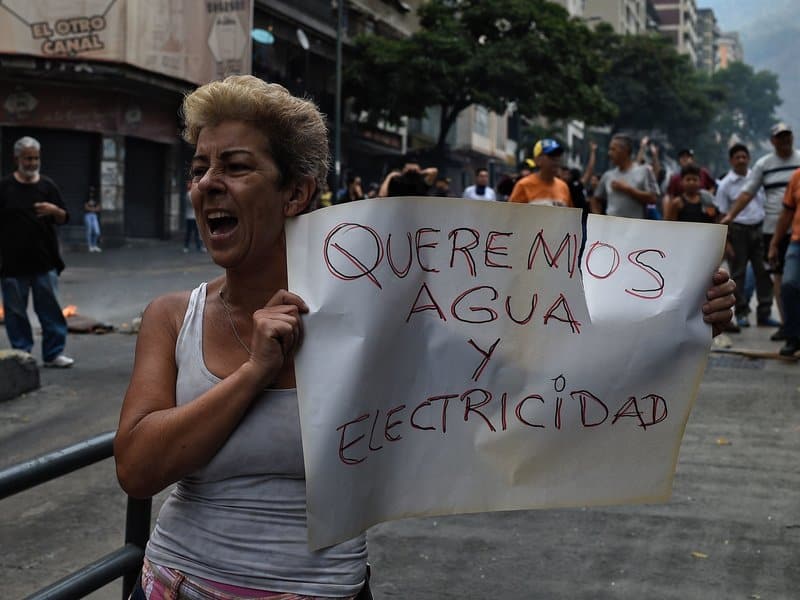
As they prepared for last year’s holiday rush, managers at Amazon unveiled a plan to make the company’s sprawling delivery network the safest in the world.
Amazon, which ships millions of packages a day to homes and businesses across the US, had seen a string of fatal crashes involving vans making those deliveries over the previous few years. Improving safety, the plan said, was “Amazon’s Greatest Opportunity.”
A key part of the proposal was a five-day course that would put new drivers through on-road assessments overseen by an outside organization with four decades of experience in driver training.
But the defensive-driving course didn’t materialize.
Amid the rush of what would become Amazon’s busiest holiday season ever, the class was vetoed. With more than a billion packages shipping in a span of six weeks, the company needed to put drivers to work almost as soon as they were hired, internal documents show.
“We chose to not have onroad practical training because it was a bottleneck” that would keep new drivers off the road, noted a memo written by a senior manager in the logistics division just after the peak season wrapped up.
In just a few years, Amazon has built a delivery system that has disrupted a decades-old business dominated by FedEx and United Parcel Service. But in its relentless drive to get bigger while keeping costs low, Amazon’s logistics operation has repeatedly emphasized speed and cost over safety, a new investigation by ProPublica and BuzzFeed News has found.
Time after time, internal documents and interviews with company insiders show, Amazon officials have ignored or overlooked signs that the company was overloading its fast-growing delivery network while eschewing the expansive sort of training and oversight provided by a legacy carrier like UPS.
One such incident hit particularly close to home. Just as the company began to build its delivery network six years ago, a delivery van carrying Amazon packages struck a cyclist in a San Francisco suburb. The cyclist was Joy Covey, Amazon’s first chief financial officer. She was killed, leaving behind a young son.
But for all the heartbreak among her former colleagues, the fatal crash did not alter the course the company was charting on delivery. Indeed, the system Amazon was creating would come to rely on low-cost contractors like the one involved in the crash that killed Covey.
In a statement, Amazon rejected the notion that it had put speed ahead of safety, calling the new investigation “another attempt by ProPublica and BuzzFeed to push a preconceived narrative that is simply untrue. Nothing is more important to us than safety.”
Amazon said that in the US, it provided more than 1 million hours of safety training last year to its employees and its delivery contractors, though it did not say how many people in its vast workforce — which numbers well in excess of 250,000 employees in the US alone — received training. Amazon also said that last year it implemented “safety improvement projects” totaling $55 million, which would represent about one-fifth of 1% of the $27.7 billion the company spent on shipping last year.
Amazon would not say how many people had been killed this year or in past years in crashes involving its network of delivery drivers. Internal company documents show that Amazon routinely tracks crashes and has developed a corporate protocol for responding to fatalities.
The company, citing a federal safety rate that is not specific to deliveries or even commercial driving, says that its rate of fatal crashes this year is better than the most recent federal rate. But that rate — which divides the total number of miles driven in the US by the number of fatal crashes — encompasses virtually all American vehicles, from a sedan owned by a family to an 18-wheeler owned by a Fortune 500 company.
“Unfortunately,” Amazon’s statement said, “statistically at this scale, traffic incidents have occurred and will occur again, but these are exceptions, and we will not be satisfied until we achieve zero incidents across our delivery operations.”
To trace the history of how Amazon built its delivery network, ProPublica and BuzzFeed News interviewed current and former Amazon employees, delivery drivers, and contractors, many of whom requested anonymity because they feared that speaking about Amazon could harm their careers.
Those interviews, as well as internal documents, reveal how executives at a company that prides itself on starting every meeting with a safety tip repeatedly quashed or delayed safety initiatives out of concern that they could jeopardize its mission of satisfying customers with ever-faster delivery.
Investigations by ProPublica and BuzzFeed News this year revealed that drivers delivering Amazon packages had been involved in more than 60 crashes that led to serious injuries, including 10 deaths. Since then, the news organizations have learned of three more deaths.























